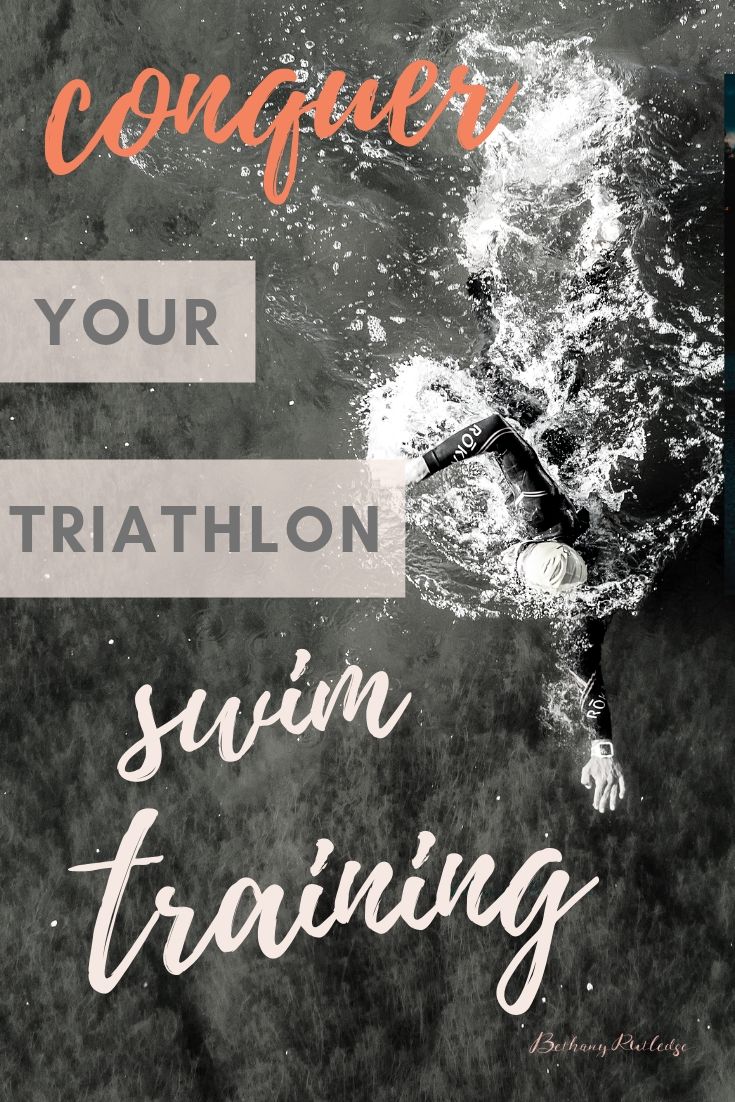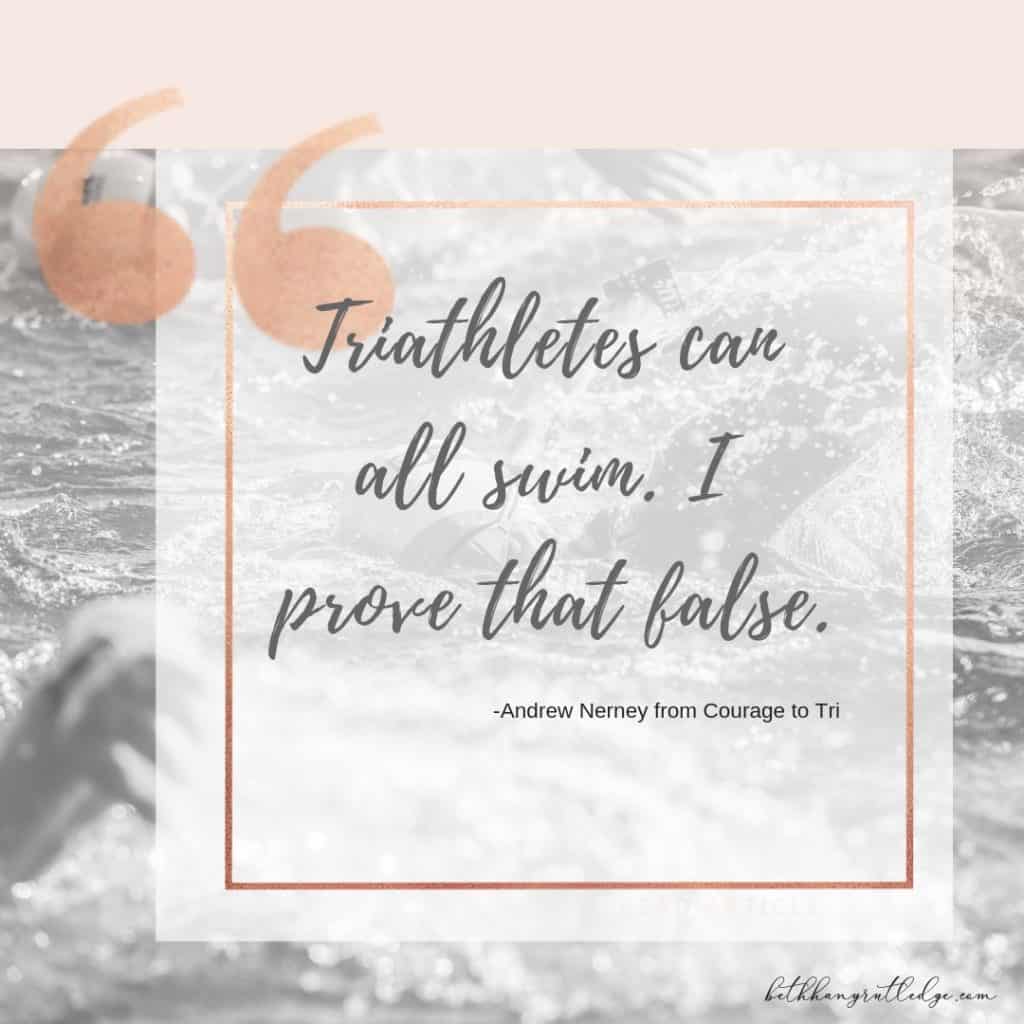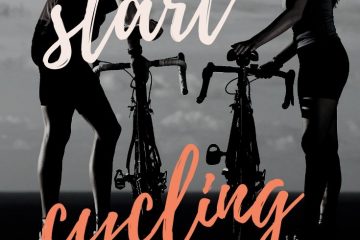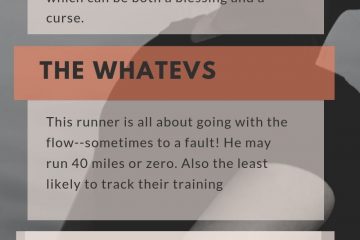How to conquer triathlon swimming training

Conquer your triathlon swimming training 2019 and find out how to start your triathlon swim training today.
The intimidation factor of triathlon swim training has two parts, the physical and the mental.

As I mentioned in my story, I completed my first triathlon in 2009, but the idea sparked years earlier during my then-current exercise routine—a tortuous out-and-back three-mile jog with a smoke break halfway. I’m not sure how I first thought of it; I was probably craving some fun. Because my “training” was pure drudgery, a punishment jog, a half-hearted attempt to burn a couple calories from the couple thousand extra I’d had the night before.
Physically, I could have finished a race then, if I trained and dropped some bad habits. But mentally I was so far away.
One of the thing holding me back was the myth of background. I thought you had to be a swimmer.

The above quote is from a friend and athlete I’ve had the honor of coaching for awhile now, Andrew Nerney.
You should know that he actually can swim just fine. He just doesn’t consider himself a swimmer because he doesn’t have a swim background. This brings us to a common triathlon myth:
You need a BACKGROUND in your sport.
According to Interesting Engineering, Steve Jobs was not actually a technological savant.
And like Steve Jobs, Andrew Nerney, quoted above, doesn’t have to be a swim expert. He can swim just fine–well enough to participate in triathlon and rock IRONMAN races–both of which he’s been doing for the past several years.
In truth, there is no “typical” triathlon background. Many triathletes have no background in swim, bike, or run, yet go on to complete events with success. Every Monday night at our tri club swim practice, swimmers in the “beginner lane” learn to swim, many from scratch. And, each tri season, we celebrate first finish lines with those same athletes.
Sondra came to triathlon with virtually no sporting background, learning to swim and bike only after committing to a race. Prior to age 35, she stuck exclusively to step aerobics for exercise. She never considered herself particularly athletic, either, yet a 5K led to a sprint triathlon and then the eventual completion of IRONMAN Augusta 70.3.
Of course, some triathletes do have a sporting background, like Debbie, a former collegiate swimmer turned sedentary adult. She discovered triathlon as an escape from a hated job and found greater fitness, athleticism, and new friends as a result.
Even if you’re starting from ground zero level fitness, you can complete a tri. We have a saying at the Atlanta Triathlon Club, originally attributed to club founder Jim Boylan: “If you can run or walk a mile, then you can train to complete a sprint triathlon.”
How to conquer triathlon swim training
Triathlon swimming training seems daunting to those who didn’t grow up swimmers.
First off, there’s the question of gear. Like, do people really wear those ugly, high-necked bathing suits? [Yes. Also, get this one.]
The frustration doesn’t stop once you start training. Why do I get gassed and have to stop at the wall to hyperventilate after each lap? And how can you effectively “train” if you’re taking constant breaks?
The good news is nearly anyone can train to complete a triathlon swim, no matter your age or experience level.
At Atlanta Tri Club and Energy Lab, we’ve trained hundreds of beginners to swim from scratch. Today we’ll tackle beginner swimmer do’s and don’ts as well as the biggest issues that plague most adult newbie swimmers.
More: The beginner run gear you need to get started.
Triathlon Swimming Gear
To start swimming you don’t need much gear. Hit your local tri or sports store to grab goggles, a suit, and a swim cap. Now it’s time to train! Here are the top five dos and don’ts for beginning swim training.
Dos and Don’ts for triathlon swimming training
Do Get Expert Help.
Unless you swam in high school or college, get expert eyes on your stroke before you start training. In a perfect world, that would include a one-on-one lesson. If it includes video analysis, that’s even better. If that’s simply not possible, then have a coach at a masters group or an experienced friend check out your stroke and offer suggestions as a good starting point.
Don’t Swim As Much As Possible.
Invest in the previous steps before getting into a regular schedule of “workouts.” If you’re excited, it will be hard to do this. This doesn’t mean you shouldn’t swim in the meantime.. You should practice your drills and gradually increase your swim volume at the rate recommended by your swim instructor. How much and how soon will vary widely depending on the stroke you start with, and how it develops. Try to practice the drills for just a few minutes before every swim workout or practice. Frequency is the key here, not volume.
Do Join a Swim Group.
If you swam in early life, you can probably jump right into a masters or triathlon specific swim group and get back up to speed just fine. If not, you’ll want to do some research on beginner swim groups, or ask if they have a beginner lane available. For instance at our tri club swim practices, we have a dedicated beginner lane with a dedicated coach. These swimmers enjoy individualized attention so they can develop good stroke habits from the outset.
Do Learn Bilateral Breathing.
Alhough it’s tempting to breathe only on your favored side, learn or practice bilateral breathing from the start. There will be times you don’t utilize it, but practicing bilateral during the warm-up and cool-down will help develop a symmetrical stroke.
Do Swim Frequently.
Swimming responds best to frequency when you’re developing your technique. So it’s better to devote four sessions of 30 minutes per week then two two-hour sessions.

Biggest Triathlon Swim Training Problems
Nearly every athlete experiences these common issues when learning to swim. Have you experienced these hurdles?
Your Breathing
In other words, Getting Gassed ASAP.
Athletes are often surprised at how tough it is to breathe during those first swims, even if they’re regularly participating in another aerobic sport. If you run miles with ease yet get completely gassed after 25 or 50 yards in the pool, don’t worry. This phenom is completely normal.and occurs because the swim is so technique oriented. Thus, the world record holder in the 10k could jump in the pool and have the exact same issue. It doesn’t matter how “fit” you are, you need some technique!
The Fix: Get help with your stroke so you can ingrain good habits! Be patient and commit to practicing several times a week.
Adding Distance
When you’re only able to swim 25 or 50 yards without a break, stringing together 400 seems impossible! At this stage, swimming at all is such a high-intensity, taxing effort that adding on distance isn’t possible. But once you can “swim easy” enough to make 400, it’s no big deal to continue to add.
The Fix: You must learn how to swim easy and what’s preventing you from doing so. You have to master the stroke mechanics to make swimming sustainable. Again, this comes back to the expert eye on your stroke. Maybe your problem is rotation, body position, or kicking too hard. Continued stroke technique and training will teach you to swim “easy,” which will help you swim longer.
Your Mind
It’s all too easy to say things like “I’m too muscular, I sink right to the bottom” when in fact there are plenty of people shorter, more muscular, or leaner who swim just fine. We all have an excuse. My personal favorite is that I thought swim team was lame in high school. And before that—at summer camp—I avoided swimming because of ear infections. Now, of course, I would like to go back in time and learn good stroke habits at a young age.
The Fix: Realize we all come from different backgrounds and have different strengths and weaknesses. We’re all doing the best we can with what we have!
Triathlon training is more fun with community!
Get an expert coach through Energy Lab: start by filling out our one on one coaching application
Looking for courage to try something new? I’m here for that. Join 1470 others for a mostly-weekly dose of mojo.
More Training Resources for You
- Ultimate Guide: How to start cycling
- Find your runner personality [ to go faster]
- Top 4 worst new runner mistakes
- How does Garmin race predictor work?
- The real deal on getting back in shape after baby



1 Comment
underwater scooter · July 25, 2019 at 12:40 am
I absolutely love your site.. Very nice colors & theme.
Did you build this amazing site yourself? Please reply back as I’m hoping to
create my own website and want to learn where you got this from or what the theme is named.
Many thanks!
Comments are closed.